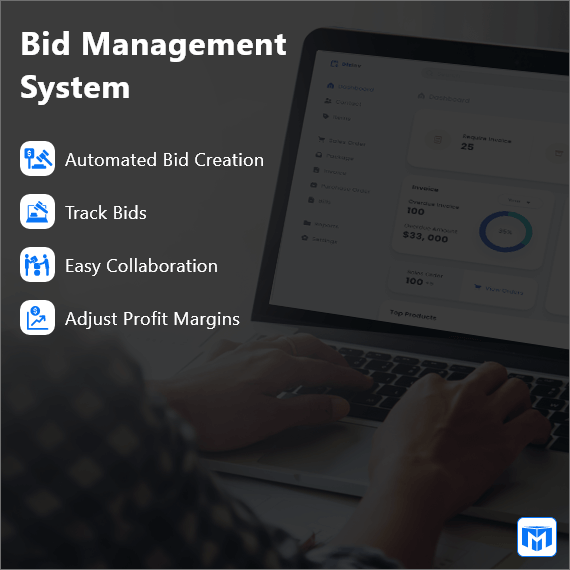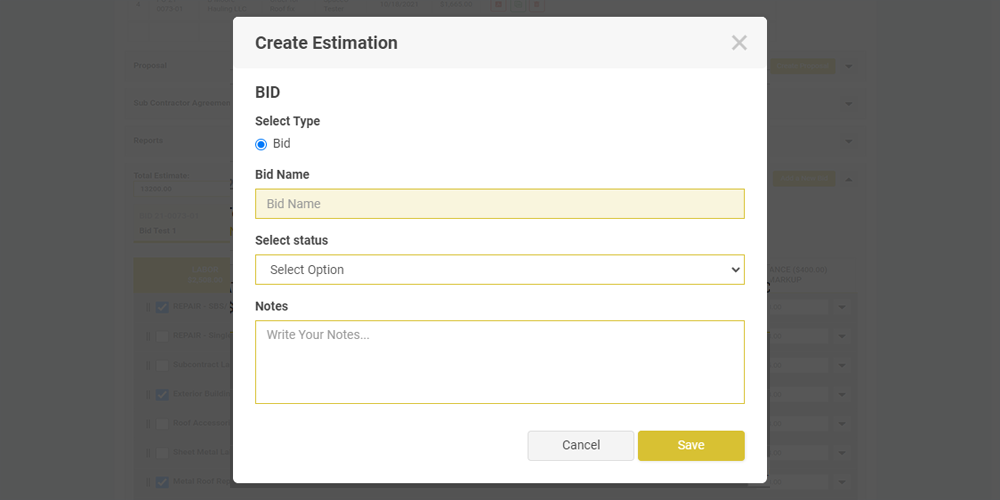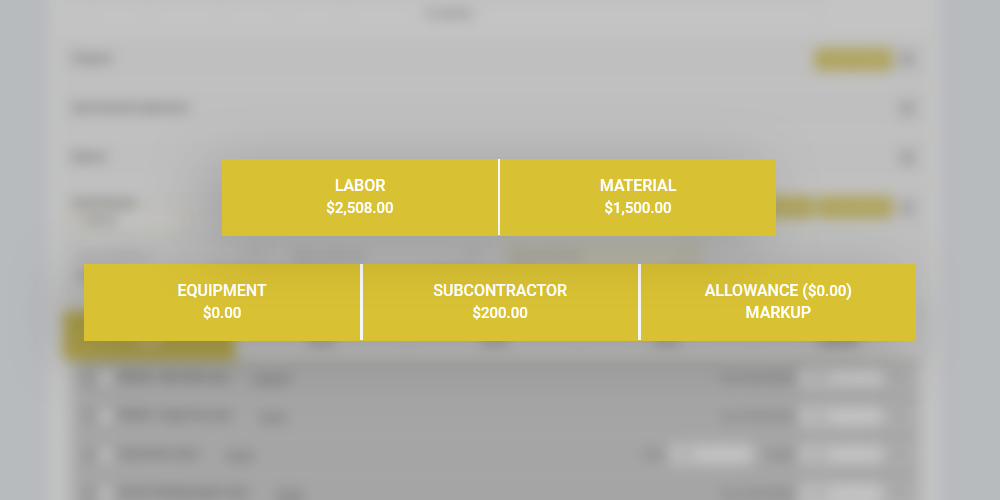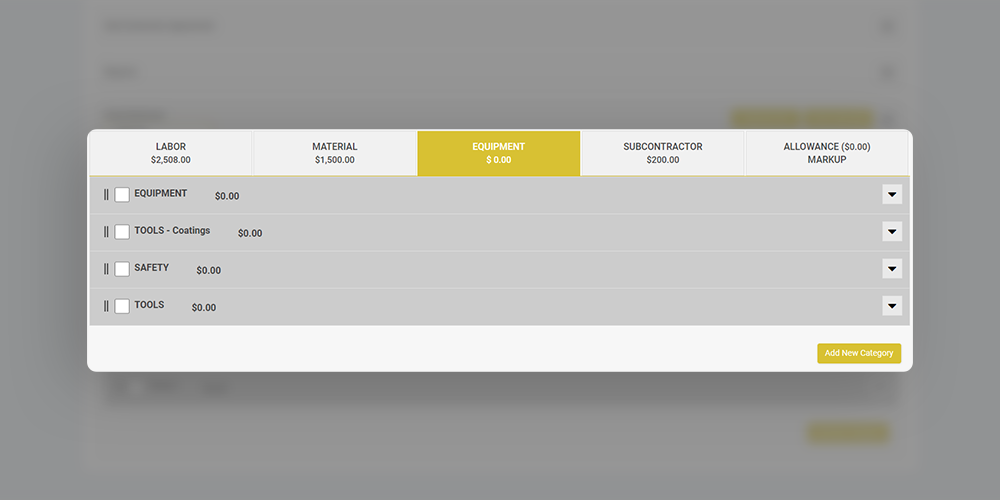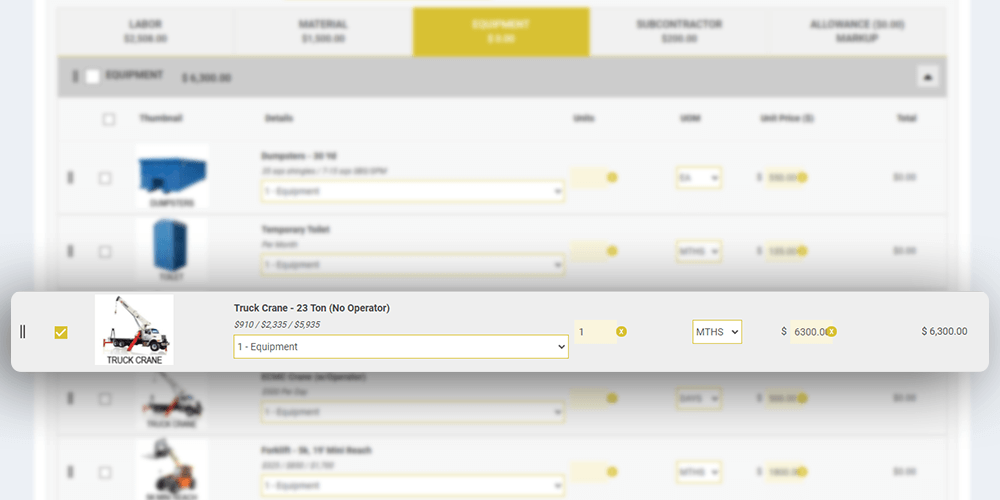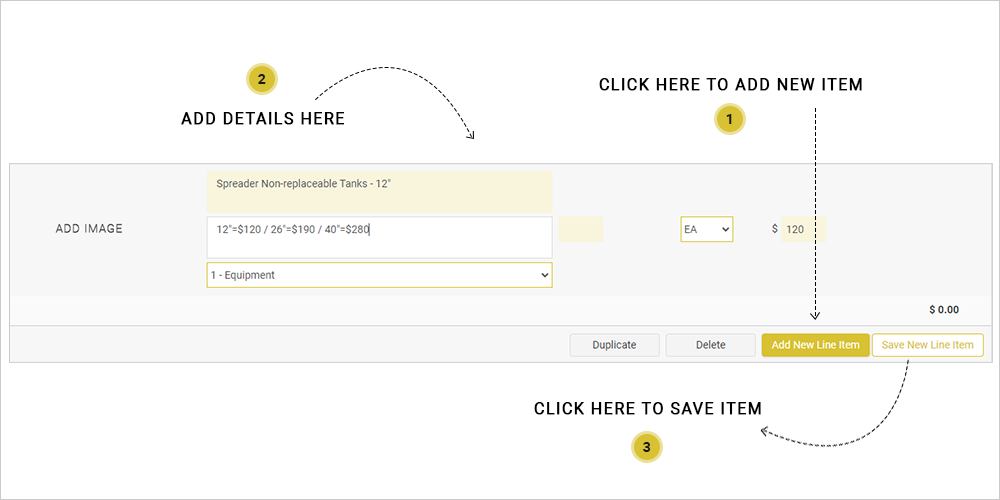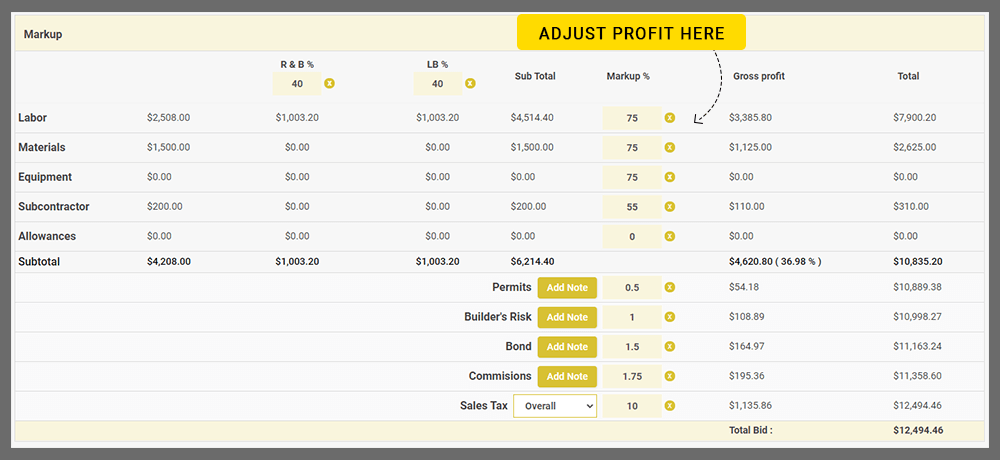With the digital revolution, enterprise-level companies are shifting to automated solutions to streamline their business processes. Bid or tender estimation is one such process that can be improved with automation.
Construction companies, the retail industry, wholesale suppliers, and auctioning companies all have their personal bid creation and estimation system. But if your company is still using a paper-based manual system to create bids, you are wasting potential. By moving your bidding process online, you can increase efficiency by around 51%, as seen by one of our clients.
So, what are the benefits of automated bidding software?
- Increase productivity
- Lower the chances of human errors
- Efficient resource management
- Simple collaboration between employees
Our client recognized the loss his roofing company was facing due to their time-consuming bid creation process. He wanted to modernize and automate the entire bid estimation process for roof installation, replacement, and maintenance projects.
We set out to develop a robust web solution that would automate administrative tasks such as managing cost lists, vendor prices, creating bids, and verifying the budget.
With this case study, we list the entire development lifecycle of an automated bid estimating solution. See how the web solution helped our client to achieve nearly 51% more efficiency and 43% more productivity.
Why the Process of Creating a Bid With Excel Sheets Needs to be Replaced?
Whenever a construction company or retail supplier procures a lead, their estimators or sales team spend hours creating a bid for the project. They have to maintain multiple excel sheets with details about materials, equipment, labourers, and contractors.
An estimator at your company follows this general process for creating a bid estimation for a project.
- Estimate Timeline – The project estimator analyzes the project requirements, manually lists out all the necessary tasks and estimates a timeline for the project.
- Vendor Costs – Then you list out all the required raw materials and equipment. You compare different vendors’ costs and calculate the total budget required for the raw materials.
- Labour Cost – By calculating the number of labourers required, their average salaries, and the total project duration, you get an initial labour cost.
- Subcontractors – Then you check ongoing projects and schedules and analyze if the project will require hiring subcontractors to do some smaller jobs. If required, you calculate the cost of each subcontractor’s job.
- Profit Margin – To this sum, you add your company’s profit margins and finally get the bid estimation for the project.
As you can see, bid estimation is time-consuming manual work and prone to human errors. Plus, imagine the time it takes for one of the managers or supervisors to check and verify each bid. How many sheets do they have to refer to before approving the bid? Not to mention how often you have to update these sheets to keep up with the fluctuating market rates.
Our Goal – To automate this whole bid estimation workflow, so the client could save precious hours of manual work and increase productivity and efficiency.
Our Solution
When we set out to make our client’s bid estimation less paper-intensive, the first task was choosing the right technologies. This automated bid solution was going to be used every day by the employees of our client.
It had to be powerful enough to handle the heavy usage but also user-friendly so that non-tech estimators could also incorporate it into their day-to-day work life. Moreover, such web applications have to handle a company’s confidential ever-changing data.
So speed, scalability, user-friendliness, security and performance needed to be our top priority while developing the software.
Considering all the points, we used these web technologies to develop the web application –
- PHP and Yii2 for a smooth and lean codebase
- MySQL for hassle-free data management
- T2 Medium-AWS server for handling real-time interactions
PHP provides the scalability and performance that business automation solutions require. After all, no company would like to invest money in a solution that does not scale with their business’s growth. Additionally, being component-based, Yii2 can be easily reused and integrated with their existing systems.
It is essential to use a database system that ensures data security when dealing with sensitive data. MySQL is cost-effective, and fully accessible making it the perfect choice for developing a secure bidding software.
The web solution has to handle a lot of real-time data with query requests. So we decided to leverage the T2 Medium server. AWS T2 ensures high performance while handling multiple users simultaneously.
Want to Build a Custom Web App?
Confused about where to start? Don’t know how much it will cost? Wondering which platform to use for developing the website? We’ve got you covered. Let’s talk.
Using PHP to Empower Estimators with Automated Bid Management
We started developing the project using the PHP framework Yii 2.0. It offered the scalability, data-centric functioning, user-friendly UI, and real-time data updation that we required.
PHP helped us streamline the hours-long process into a simple web app. When assigned a project, the estimator has to start by creating a new bid. Write the name of the bid and the status of the bid (Pending, Accepted, or Rejected). The estimator has to click save, and the bid is created and saved in the database. A record is also created in log reports to keep track of the project’s status.
The estimator can now see the bid editing page showing 5 different sections. Each section deals with one of the 5 main factors that impact the cost of roofing installation or roofing maintenance project. These sections are –
- Labour
- Material
- Equipment
- Subcontractor
- Allowances/Markup
Each of these has multiple subcategories, each having a detailed list of items. Depending on the project type – refurnishing, roof maintenance, roof construction, painting, adding shingles – the estimator creates the project cost estimation.
Let’s look at the Equipment Category’ closely to get a sense of how the whole system works. The equipment category has around 4 subcategories covering every material that can be required in roof installation. Ranging from sheet metal fabrication to shingles and tiles to different kinds of warranties.
Let’s open one of these subcategories – Equipment. You will find every type of motor and equipment listed here, ranging from truck cranes and scissor lifts to dumpsters and portable toilets for the construction crew.
The estimator needs to select the correct product, enter the required units, percentage waste expected, and unit of measurement (UOM). Then just tick the box next to the image, and the item is added to the bid.
But imagine there is a new cement company in town. Or a client requested specifically for a type of tile you don’t have. The estimator can just create a new item. Or request the admin to add a new item to the list.
In such a manner, the estimator adds on each requirement of the project. Now comes the fun part – bid adjustments.
You add how much profit you want from each section in percentage, and the bid amount will be adjusted accordingly. Commissions, permit costs, and different taxes are all added here to adjust and manage the bid.
This way you can create a bid estimation in a matter of minutes.
Creating and Managing Multiple Bids Seamlessly
Construction companies, in general, have competitive bidding to secure a project. Even roof installation companies have a similar bidding process for residential and non-residential jobs. Our client has to submit multiple bids for a project, outbidding their competitors to secure the roofing project. But it is a lengthy process to create multiple new bids for the same roofing project.
So we added a ‘duplicate this bid’ feature for such situations. The estimators have the option of duplicating their original bid and making small changes – like removing an item or adding new material. It takes a simple ticking or unticking to get your new proposal bid ready.
This way, you save hours of manual work by efficiently managing bids using our web software.
How Bidding Estimation Software Benefits Roofing Companies
-
Bid Management
Project managers and estimators can manage multiple bids of a project in a single place. Making any changes to the bid is simple and takes just a few minutes. Bid estimates can be created, reviewed, and verified quickly. Even if there are last-minute changes, they can be recalculated and revised straight away.
-
Save Time and Resources
The estimators don’t have to manage different excel sheets and manually type all the details. In fact, a single estimator easily manages multiple projects, removing the need to have a huge task force for the bid estimation. Companies save valuable time and resources by automating the whole bid management process.
-
Increased Efficiency
Our client has experienced 51% increase in their efficiency after using our web application software. The construction bidding software simplifies and streamlines the whole bid estimation process, cutting down man-hours, decreasing chances of human errors, and increasing overall efficiency.
-
Instant Report Generation
By clicking a button, estimators can convert the bid into a budget report for supervisors. Or convert it into a budget proposal that they can send to the customers directly through email.
Bringing your business online is a great way to enhance your process efficiency and increase employee productivity. Do you also want to digitize your bidding process? Our development team is experienced in developing custom web solutions for businesses like you. Talk to our consultants and get a free personalized quote. Contact our sales team now for a free consultation.
